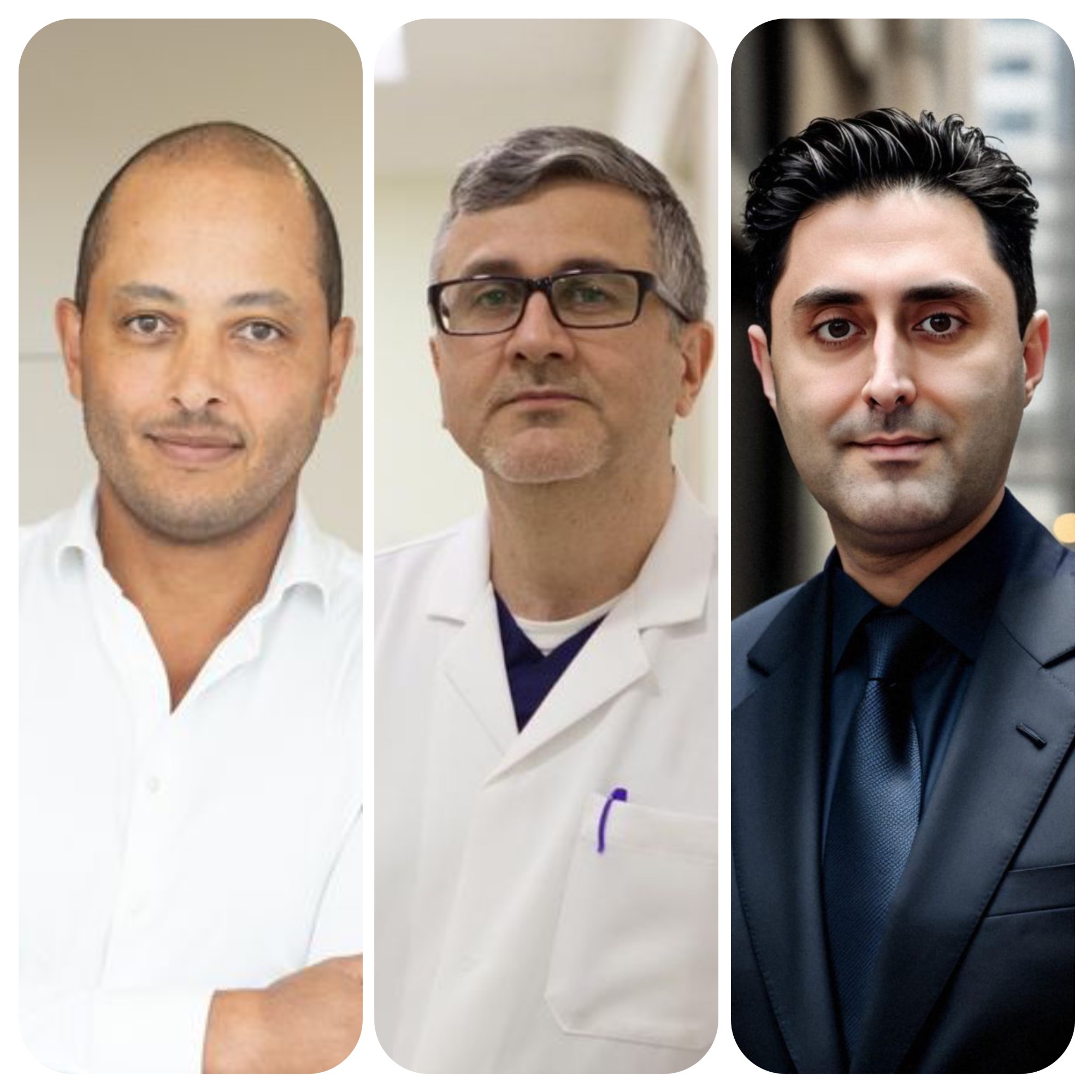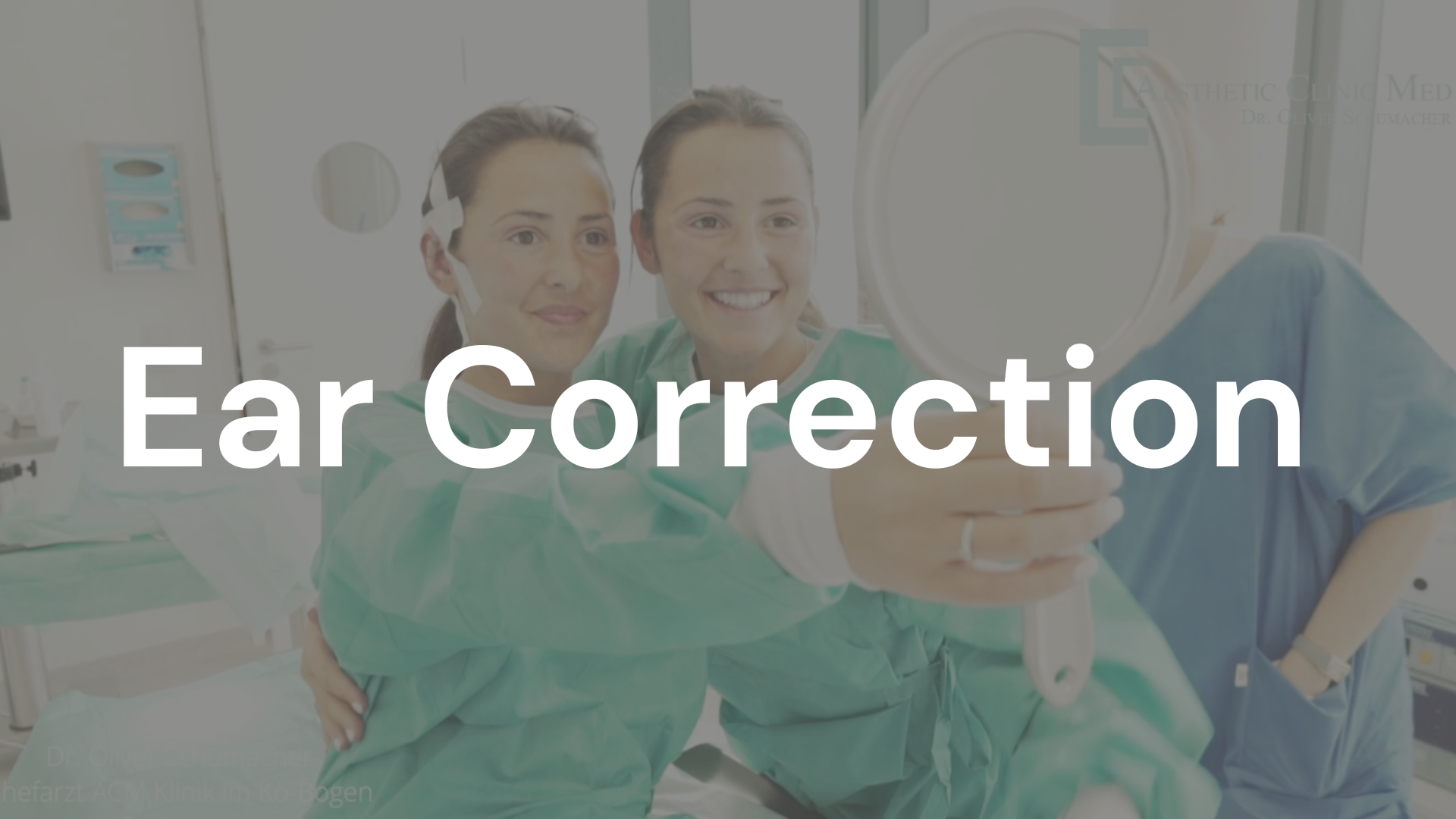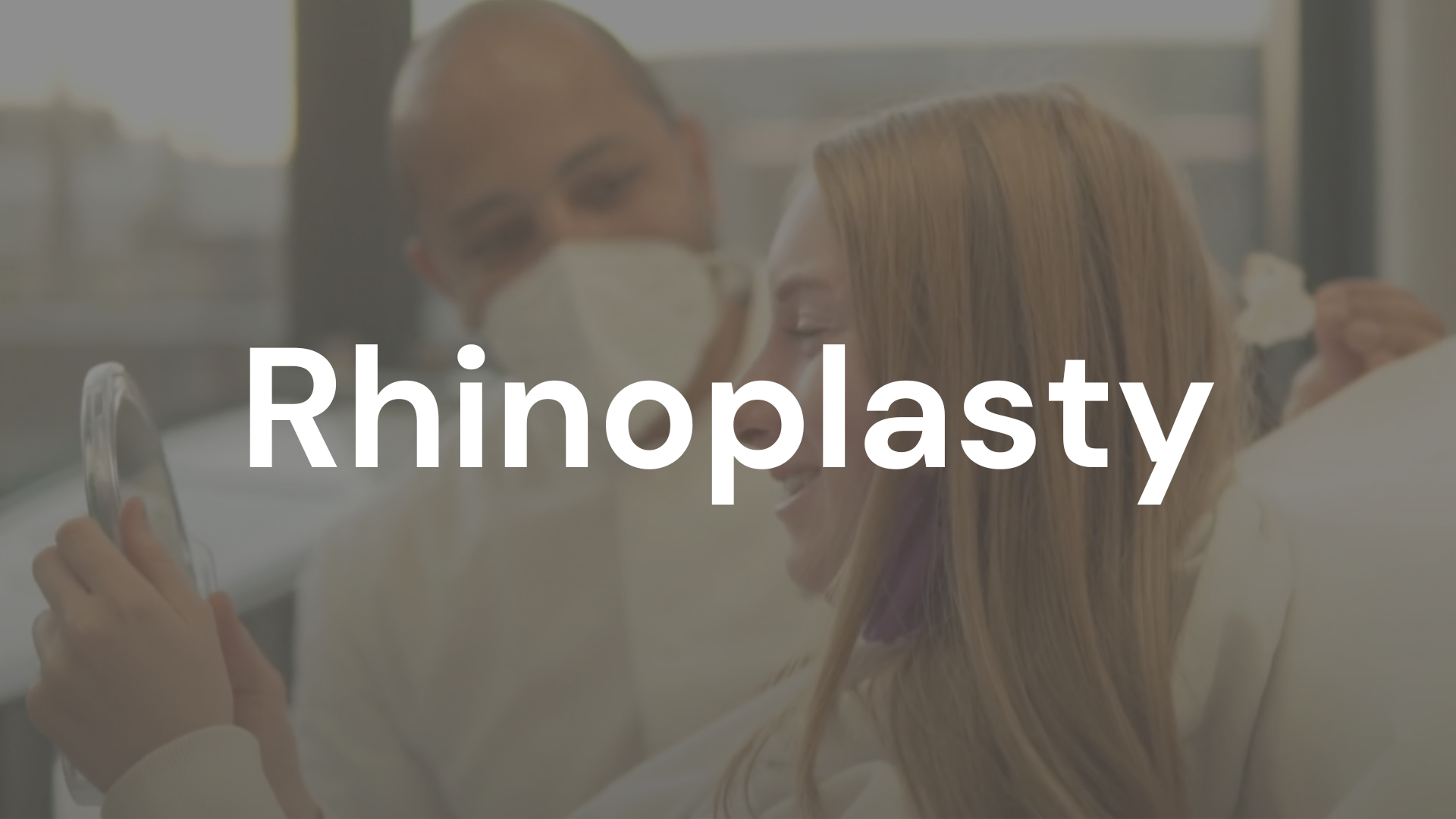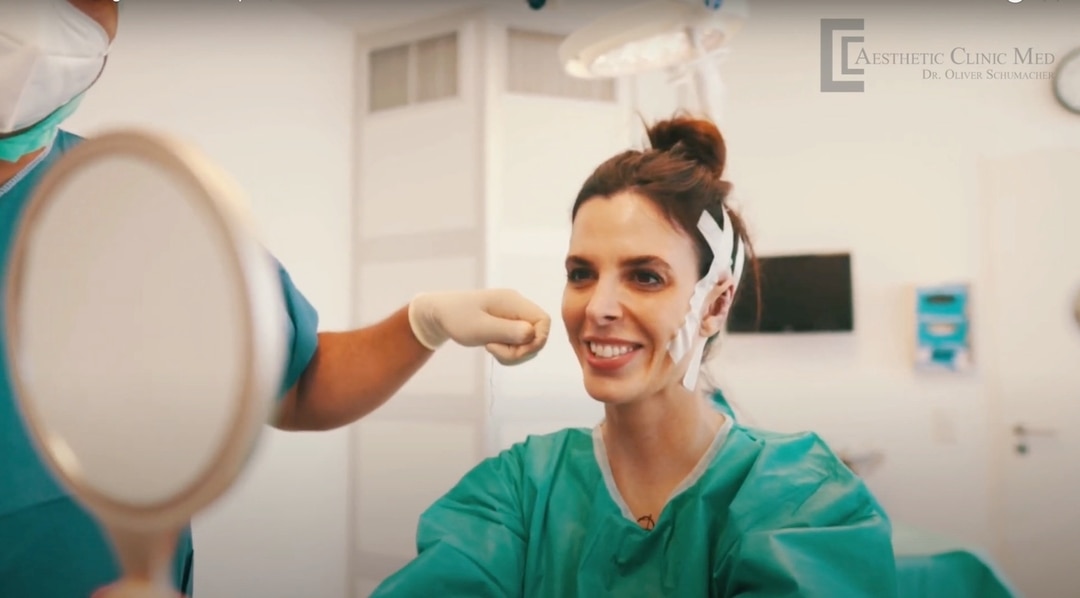1. Post-Surgery Monitoring: Immediately after your plastic surgery, you will be monitored by medical professionals to ensure your safety and well-being.
2. Follow Your Surgeon's Instructions: Your plastic surgeon will provide you with detailed aftercare instructions tailored to your specific procedure. It is essential to follow these instructions closely, as they will help optimize your healing process.
These instructions may include:
Medication: You may be prescribed pain medication and antibiotics to prevent infection. Take the prescribed medications as directed by your surgeon.
Dressings and Wound Care: Your surgeon will provide guidance on how to care for your incisions. This may involve changing dressings and keeping the area clean and dry.
Rest and Recovery: Adequate rest is crucial for healing. Your surgeon will advise you on how much physical activity you should avoid and for how long.
Take time off work or school as recommended, and avoid strenuous activities during your initial recovery period.
3. Managing Swelling and Bruising: Swelling and bruising are common after plastic surgery procedures although our procedures are tailored to cause less bruising and swelling than usual. To reduce these effects even more , your surgeon may recommend:
+ Keeping your head elevated during sleep or rest to minimize facial swelling, especially for procedures like blepharoplasty or rhinoplasty.
+ Avoiding activities that may increase blood flow to the surgical area, such as hot showers, saunas, and strenuous exercise, as they can exacerbate swelling.
4. Managing Pain and Discomfort: Plastic surgery procedures can involve varying levels of pain and discomfort during the recovery period.
To manage these sensations:
Take the prescribed pain medication as directed by your surgeon. Do not exceed the recommended dosage.
Avoid taking over-the-counter medications, herbal supplements, or alternative therapies without consulting your surgeon, as they may interfere with your recovery or interact with prescribed medications.
5. There is no suture removal in our ear and breastoperations. In the case of rhinoplasty, some patients may require the removal of small stitches around the columella. This typically occurs around seven days after the surgery. Similarly, for blepharoplasty (eyelid surgery), suture removal usually takes place after seven days.
Your surgeon will schedule a follow-up appointment to remove these stitches and evaluate your healing progress.
6. Follow-Up Visits and Healing Progress: Your surgeon will schedule several follow-up visits and or videocalls to monitor your healing progress. These visits are essential for your surgeon to evaluate the outcome of your surgery and address any concerns or questions you may have. Attend these appointments as scheduled and communicate openly with your surgeon about your recovery.
Remember that each individual's recovery process may vary, and it's essential to consult your specific surgeon for personalized aftercare instructions.
